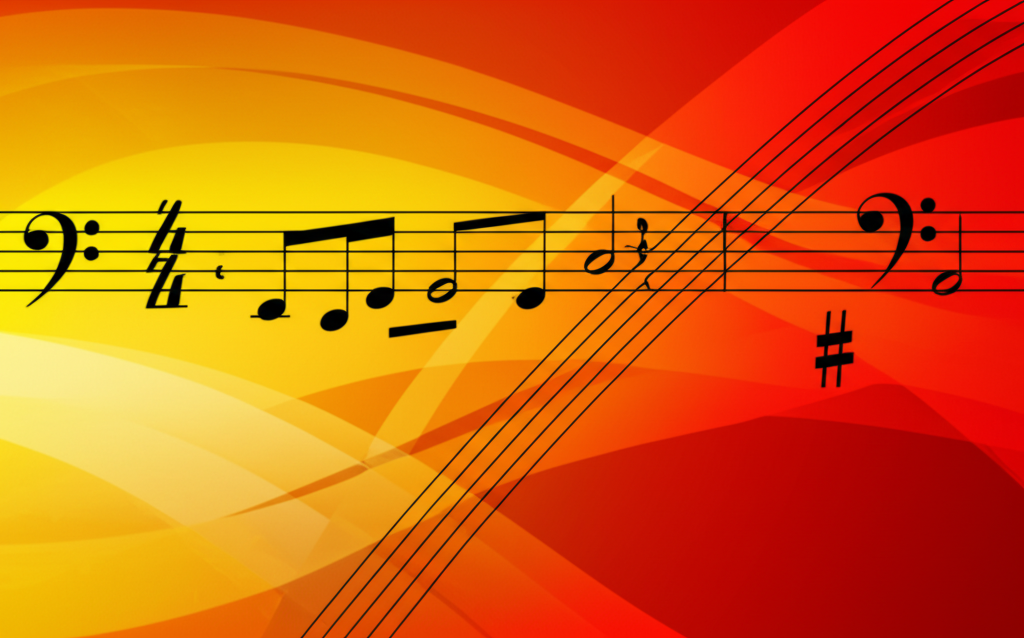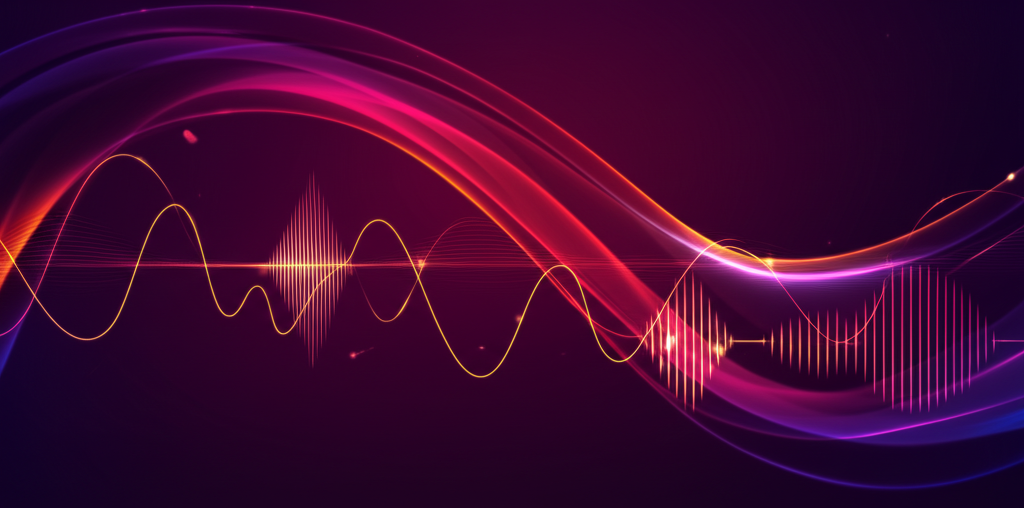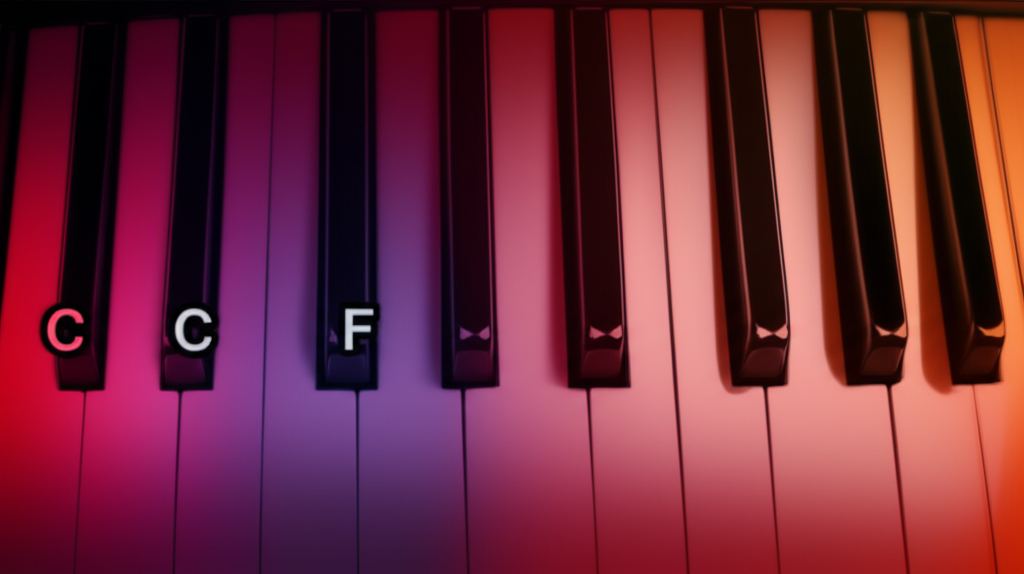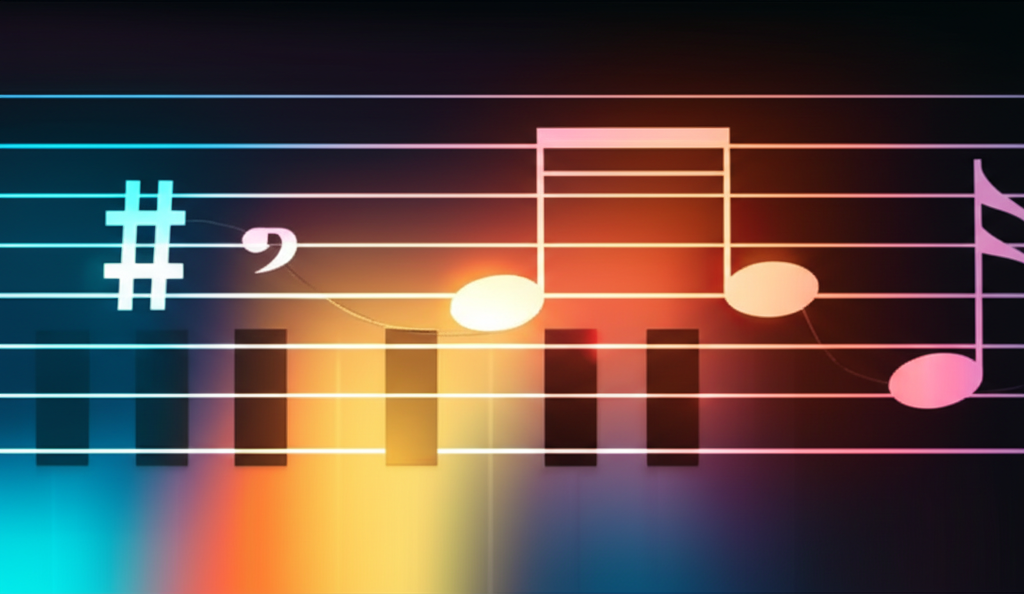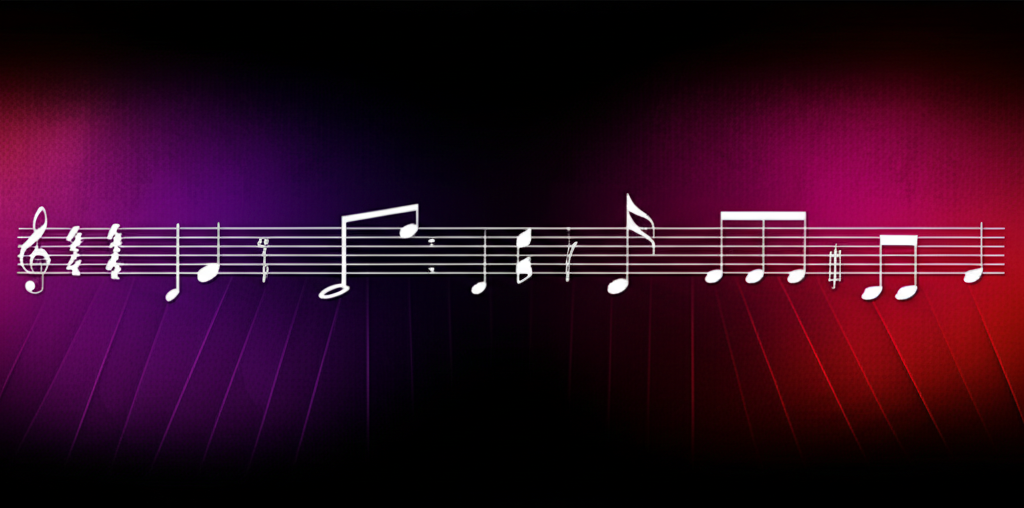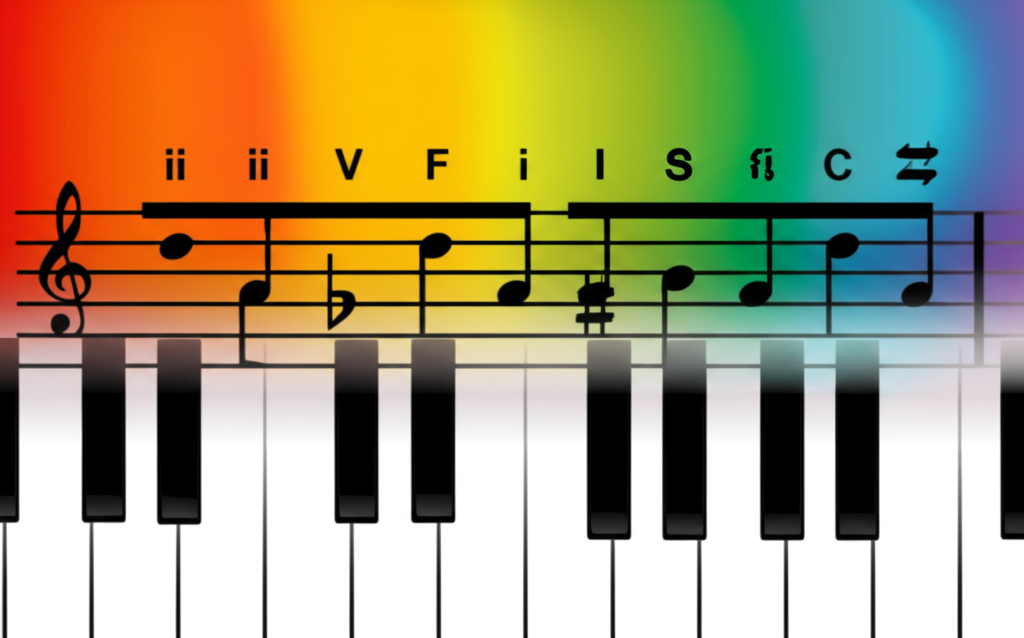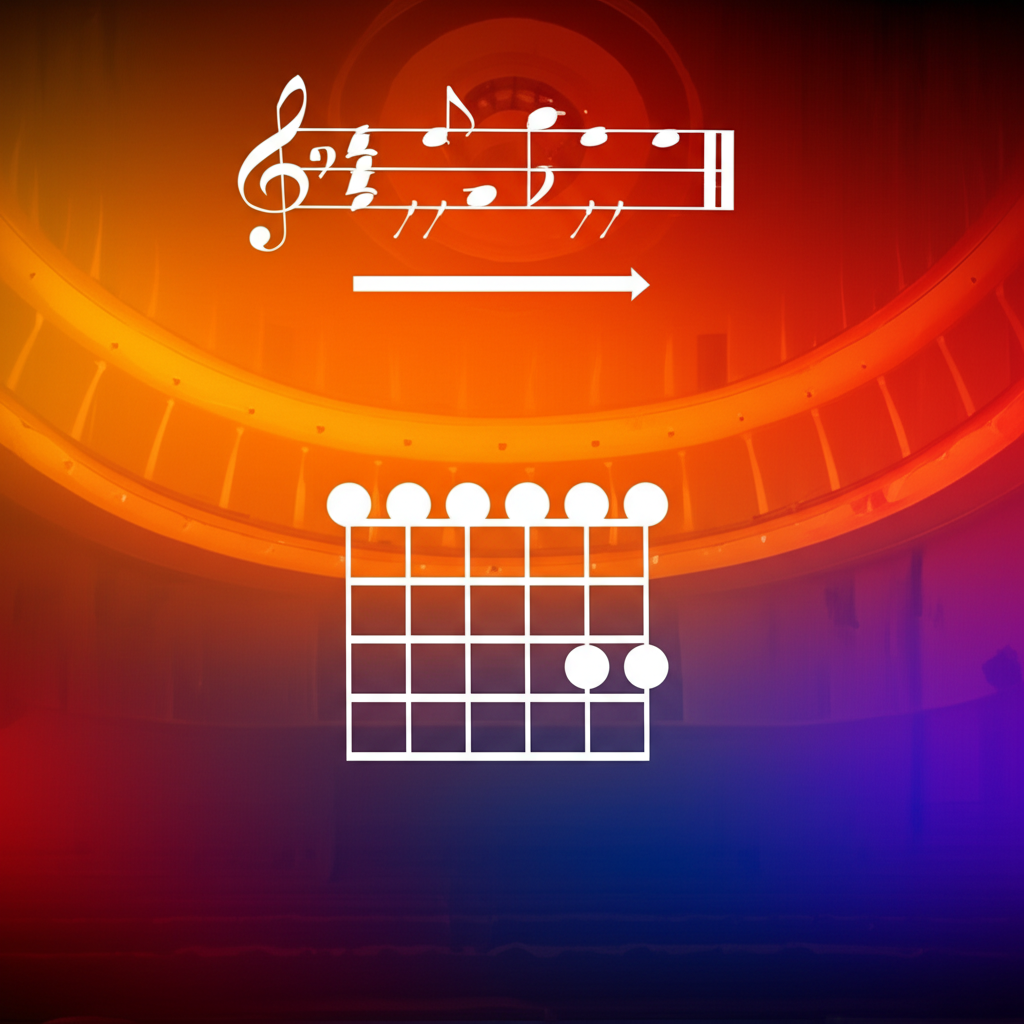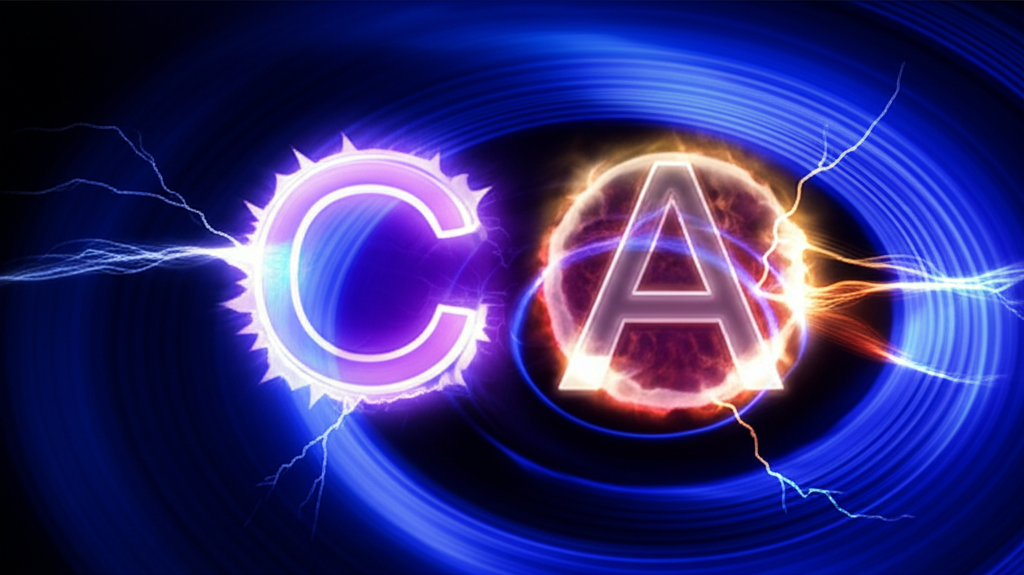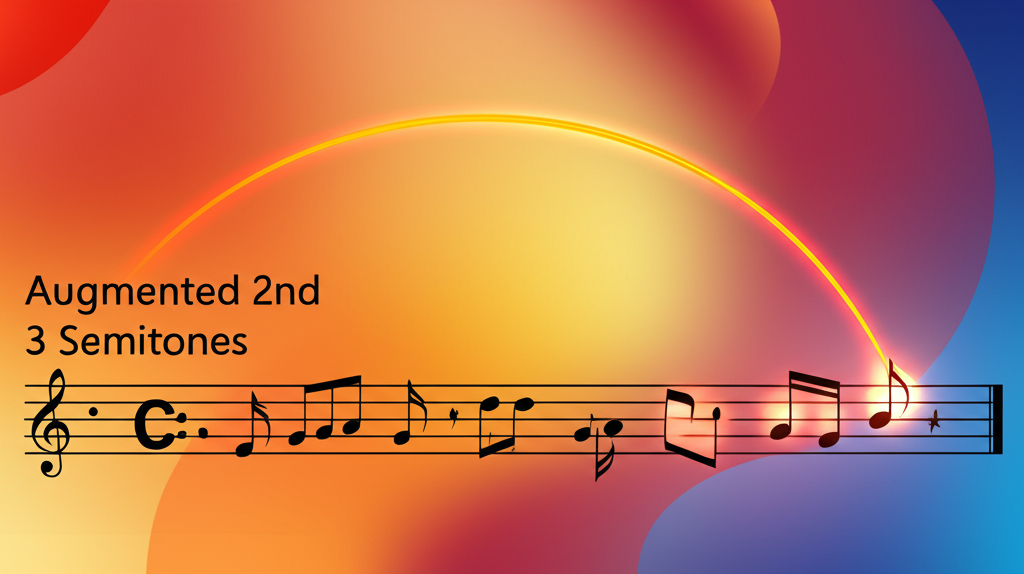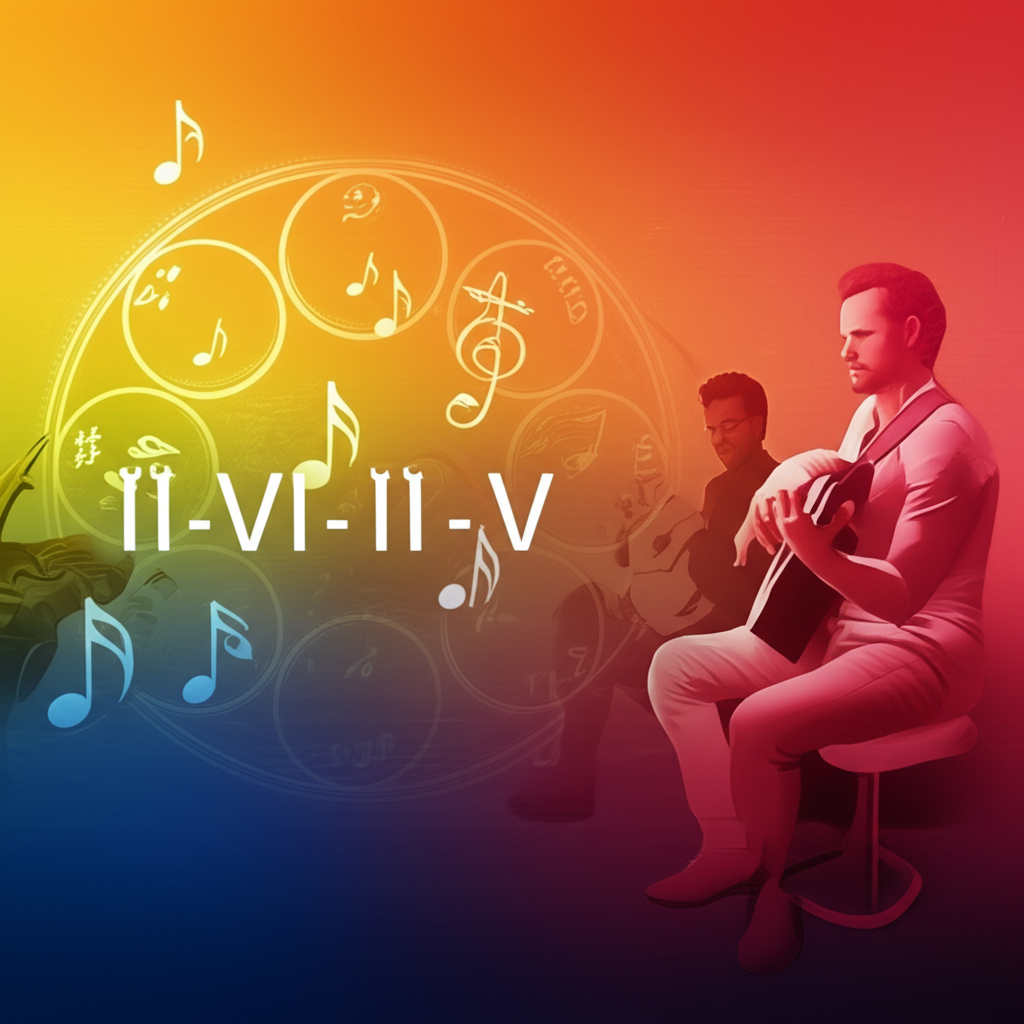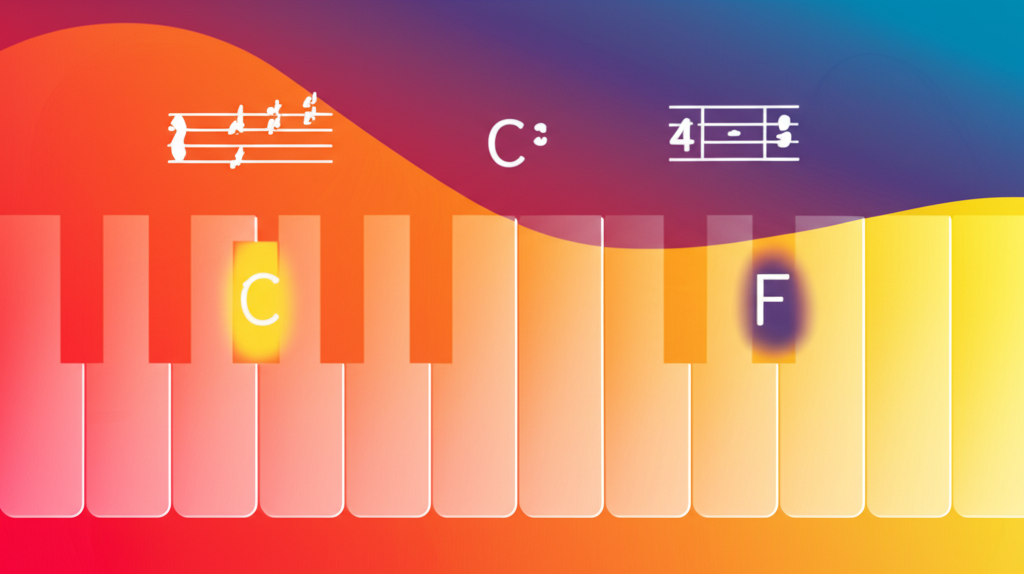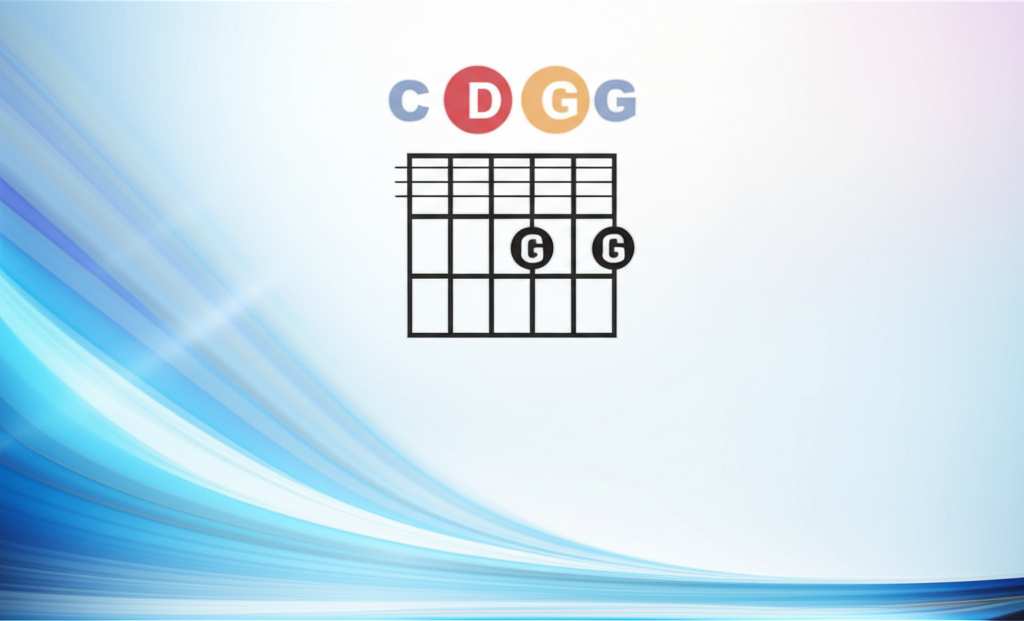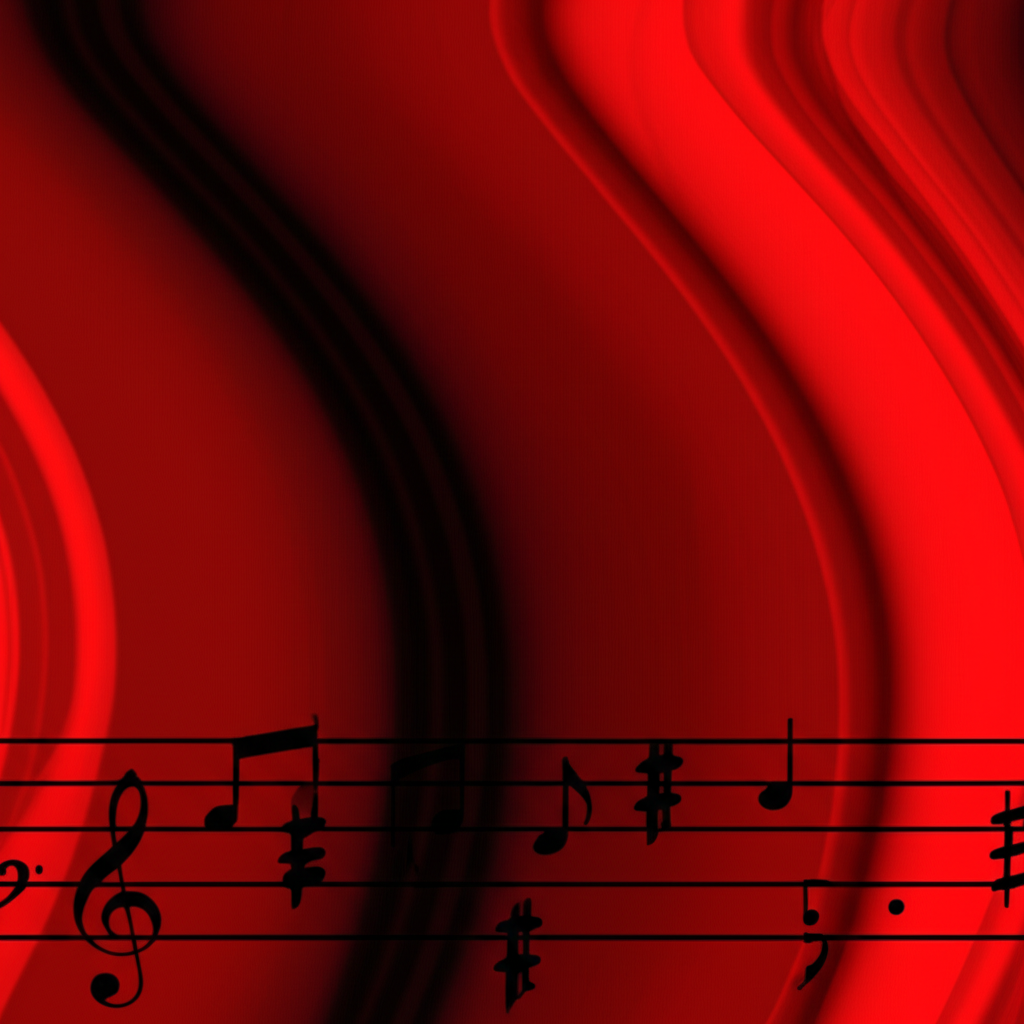
Minor Second Interval: The Tension of Adjacent Notes

b4n1
June 14, 2025, 12:53 a.m.
Minor Second Interval: The Tension of Adjacent Notes
Summary:
The minor second interval, spanning just one semitone, creates the smallest and most dissonant interval in Western music. This highly tense interval is fundamental to understanding chromatic movement, leading tones, and the creation of musical tension that demands resolution.
Keywords:
Minor second, semitone, half step, dissonance, leading tone, chromatic, tension, resolution, adjacent notes, cluster chord.
Introduction:
The minor second interval represents the smallest distance between two different pitches in Western music. Spanning just one semitone (half step), this interval creates maximum harmonic tension and an almost painful dissonance that our ears instinctively want to resolve.
Despite its harsh sound when played harmonically, the minor second is essential to musical expression, providing the tension that makes resolution so satisfying. It appears in leading tone relationships, chromatic passages, and contemporary compositions where dissonance is used for dramatic effect.
Structure and Measurement:
A minor second interval consists of:
- Distance: 1 semitone (half step)
- Alternative measurement: 0.5 whole steps
- Frequency ratio: 16:15 in just intonation
- Cents: 100 cents in equal temperament
Examples of Minor Seconds:
C to D♭ (1 semitone)
E to F (1 semitone - natural minor second)
B to C (1 semitone - natural minor second)
F♯ to G (1 semitone)
A♯ to B (1 semitone)
Examples:
C to D♭ Minor Second:
Natural Minor Seconds:
Chromatic Scale (All Minor Seconds):
Harmonic Character:
The minor second creates the most dissonant harmonic interval:
- Maximum tension: Creates strong need for resolution
- Harsh dissonance: Produces beating and roughness
- Unstable: Cannot stand alone as a consonant harmony
- Directional: Creates strong voice leading tendencies
- Expressive: Used for dramatic and emotional effect
Leading Tone Function:
The minor second is crucial in leading tone relationships:
- Scale degrees 7-8: Leading tone to tonic (Ti-Do)
- Scale degrees 4-3: Fa-Mi tendency in major keys
- Chromatic approach: Approaching chord tones from a semitone away
- Voice leading: Creates smooth, step-wise motion
Leading Tone Resolution:
Famous Musical Examples:
Notable uses of minor seconds:
- "Jaws" theme: Iconic minor second motif
- "Fur Elise": Beethoven's use of chromatic neighbors
- "The Rite of Spring": Stravinsky's dissonant clusters
- Jazz standards: Chromatic approach tones
- Horror film scores: Creating tension and fear
Ear Training and Recognition:
Developing minor second recognition:
- Physical sensation: Feel the "crunch" or beating
- Reference method: Compare to the "Jaws" theme
- Scale context: Identify in chromatic scales
- Harmonic practice: Play simultaneously to hear dissonance
Fun Facts:
- The minor second creates the most beats per second of any interval.
- Some cultures find minor seconds more acceptable than Western classical tradition.
- The interval appears naturally between scale degrees 3-4 and 7-8 in major scales.
- Bartók used minor seconds extensively in his folk music arrangements.
- The "Jaws" theme uses only two notes a minor second apart for maximum tension.
Conclusions:
The minor second interval, despite being the smallest and most dissonant interval in Western music, plays a crucial role in creating musical tension and forward motion. Its harsh dissonance makes the resolution to consonance all the more satisfying and emotionally powerful.
Understanding the minor second is essential for grasping chromatic harmony, voice leading, and the fundamental principle of tension and release that drives much of Western musical expression. Whether creating dramatic moments in film scores or smooth voice leading in jazz, the minor second remains an indispensable tool for composers and performers.
Mastering this interval enhances both analytical listening skills and practical musicianship, providing insight into how the smallest musical distances can create the most profound emotional effects.
